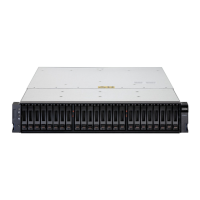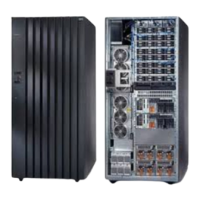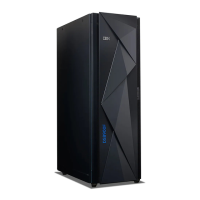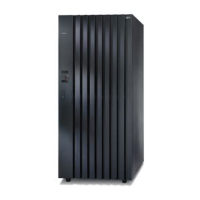7065Admin_Summary.fm Draft Document for Review August 30, 2007 12:59 am
208 IBM System Storage DS3000: Introduction and Implementation Guide
Hosts are single systems that can be mapped to a drive. This means a host is a system that
accesses the logical drive via the attached technology (SAS, Fiber, or iSCSi). If multiple hosts
access a group of logical drives they all would have the equal access to these drives. Since
most operating systems do not usually allow multiple hosts to access the same logical drives,
you must create storage partitions. You do this by mapping specific logical drives to the host
ports of the host systems. Configuring host access is described in 8.6, “Create Host to
Logical Drive Mappings” on page 193.
9.4.1 Configured Hosts
This line shows you how many hosts are currently configured on this storage subsystem
(Figure 9-17). Click the link to display the configured host names (Figure 9-18). This view is
only an overview of the configured hosts. The DS3000 server only communicates through the
use of Word Wide Names (WWN). The storage subsystem is not aware of which Host Bus
Adapters are in the same server or cluster unless you configure it. More information about
host configuration is covered in 8.2, “Configure hosts” on page 142.
Figure 9-18 Hosts & Mappings - Configured Host List
9.4.2 Host-to-Logical Drive Mappings
Host-to-Logical Drive Mappings is the second link in this box. Next to the link is displayed
the number of hosts that are currently mapped to a logical drive. This means the number of
hosts, that are allowed to see a logical drive. Opening the link displays a more detailed view
(Figure 9-19 on page 209). In this view the Logical Drive Name is displayed next to the
mapped host (Accessible By column), so it is easy to find out which host is allowed to access
which logical drive. The view also includes the LUN Number, the Logical Drive Capacity, and
the Type. More information about drive mappings is in 8.6, “Create Host to Logical Drive
Mappings” on page 193.
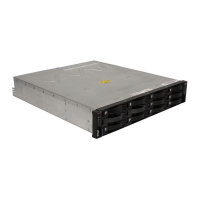
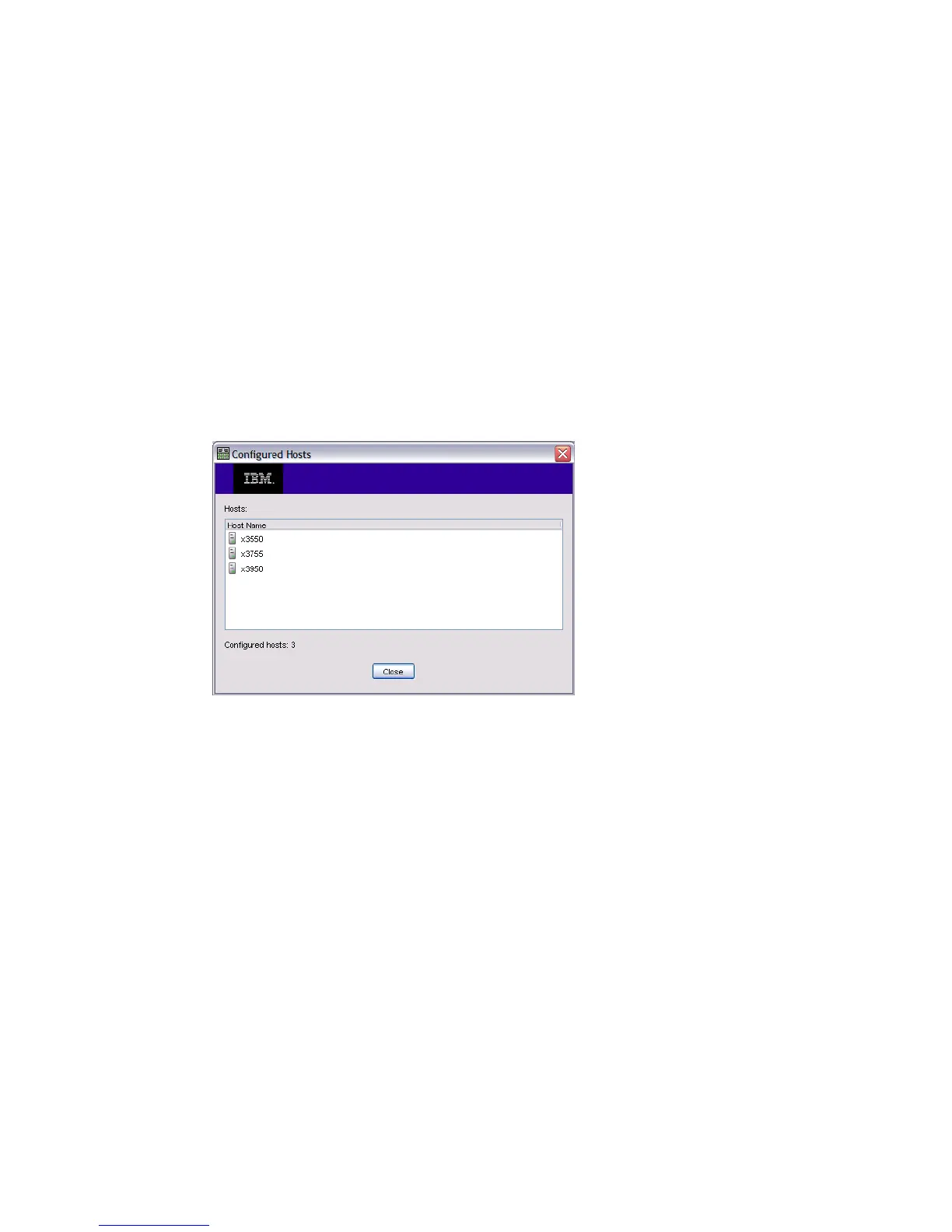